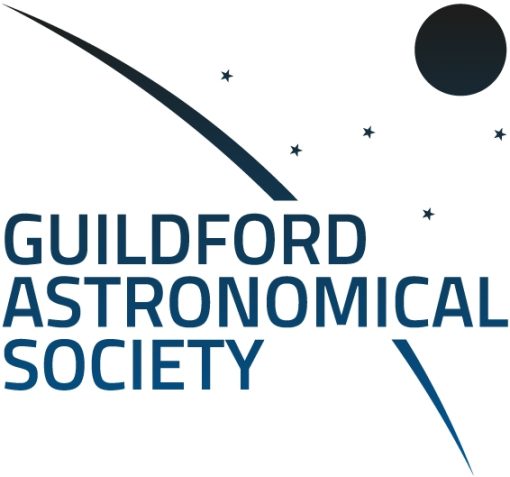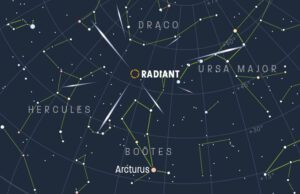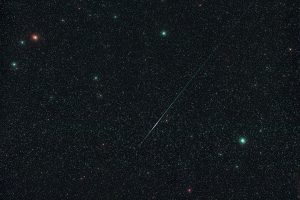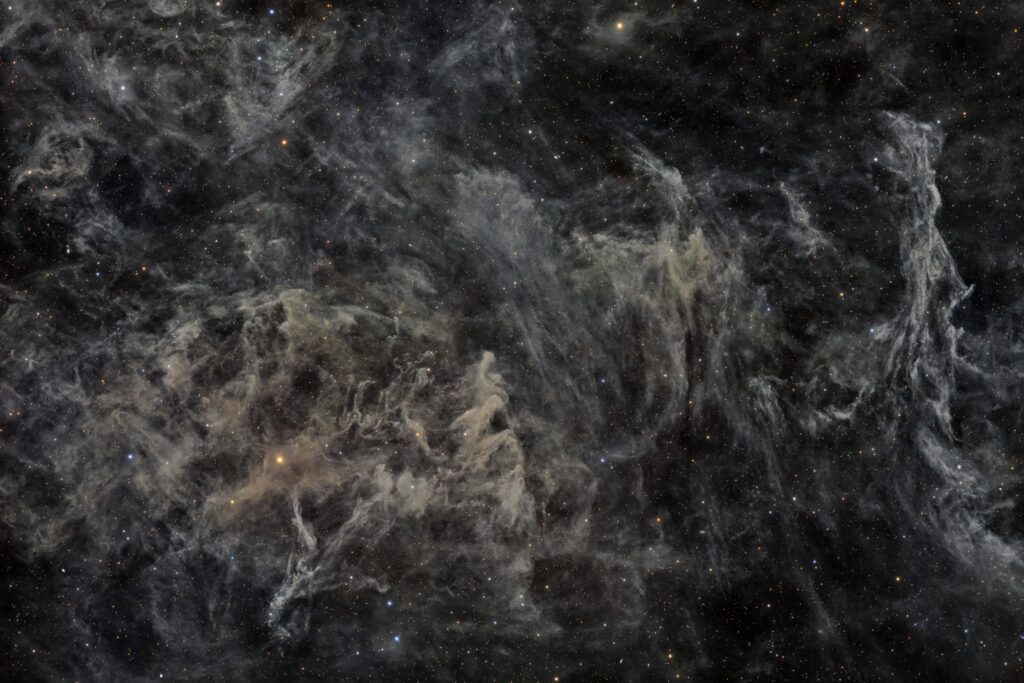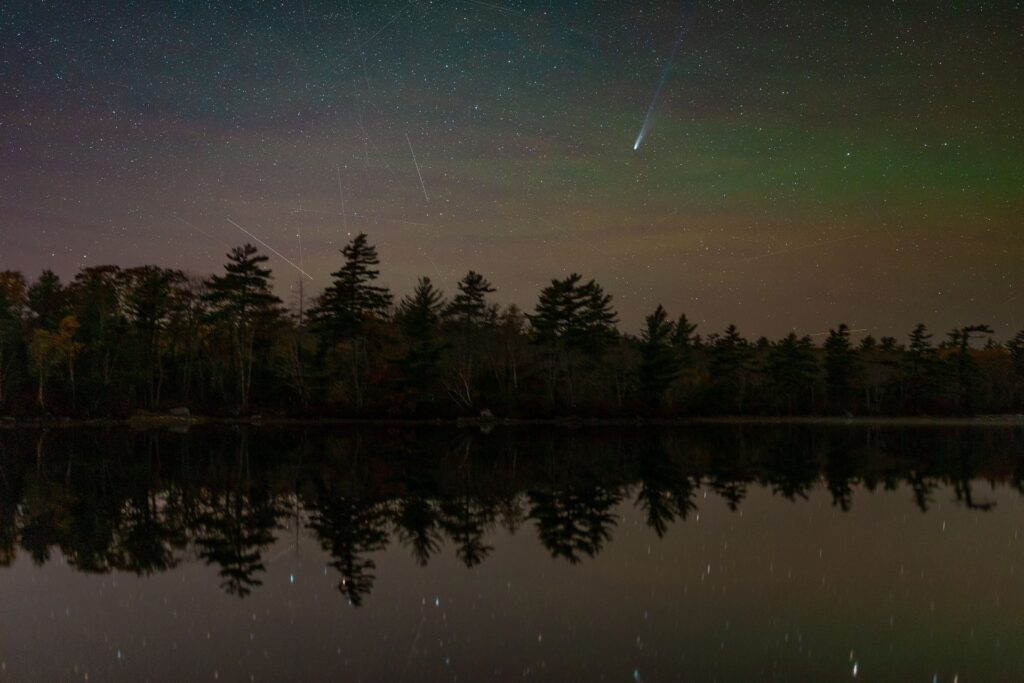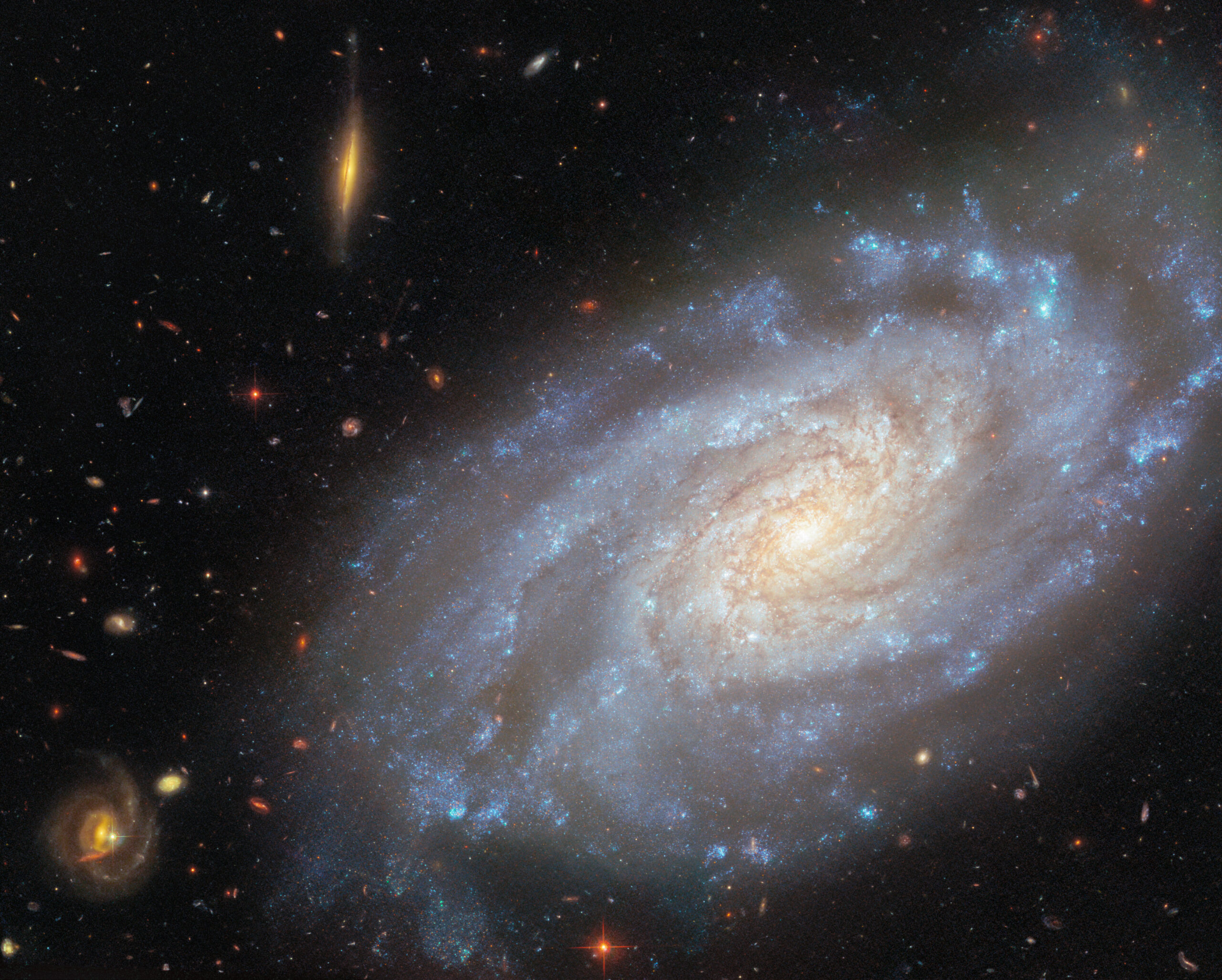Some RSS News feeds from NASA, ESA and Astronomy Now Magazine.
Links will open a new page.
- Italian mission adds to growing IRIDE space fleeton 29 November 2025 at 8:00 am
The Italian programme IRIDE, which provides public sector services based on data from its fleet of Earth observation constellations, has added eight satellites to its second constellation, Eaglet II.
- High-resolution radar satellites launched for Greeceon 29 November 2025 at 7:00 am
Thanks to the EU-funded Recovery and Resilience Facility, and through collaboration between the Greek government, the private satellite company ICEYE and the European Space Agency (ESA), two new high-resolution radar satellites have been launched to strengthen disaster management, environmental monitoring and national security across Greece.
- ESA’s HydroGNSS mission launched to ‘scout’ for wateron 28 November 2025 at 9:50 pm
The European Space Agency’s first Scout mission, HydroGNSS, was launched today, 28 November, marking a significant step in advancing global understanding of water availability and the effects of climate change on Earth’s water cycle.The two twin HydroGNSS satellites were carried into orbit at 19:44 CET aboard a SpaceX Falcon 9 rocket, as part of the Transporter-15 rideshare flight from the Vandenberg Space Force Base in California.
- HydroGNSS launch highlightson 28 November 2025 at 9:00 pm
Video: 00:02:51 ESA’s first Scout mission, HydroGNSS, was launched on 28 November 2025, marking a significant step in advancing global understanding of water availability and the effects of climate change on Earth’s water cycle.The two twin HydroGNSS satellites were carried into orbit aboard a SpaceX Falcon 9 rocket from the Vandenberg Space Force Base in California, US.Embracing the New Space concept, HydroGNSS is one of ESA’s new Scout missions being developed within the Earth Observation FutureEO programme.
- Week in images: 24-28 November 2025on 28 November 2025 at 2:15 pm
Week in images: 24-28 November 2025 Discover our week through the lens
Astronomy Now The UK’s best stargazing magazine
- Meteor shower calendarby Emily Baldwin-Fiebrich on 14 November 2025 at 9:25 am
There are many meteor showers throughout the year. Here are the most prominent.
- How to observe meteor showersby Emily Baldwin-Fiebrich on 14 November 2025 at 9:25 am
Everything you need to know to get started with observing meteors.
- 13 spooky images for Halloweenby Emily Baldwin-Fiebrich on 31 October 2025 at 7:46 am
Witches, bats, ghosts and serpents – do you dare to visit our spooky gallery this Halloween?!
- How to see Comet Lemmonby Emily Baldwin-Fiebrich on 29 October 2025 at 8:48 am
Don’t miss the chance to see Comet C/2025 A6 (Lemmon) as it races towards its closest approach of the Sun on 8 November.
- Hubble revisits a cosmic yardstickby Stuart Clark on 25 October 2025 at 6:50 pm
The latest ESA/Hubble image highlights the spiral galaxy NGC 3370, located nearly 90 million light-years away in the constellation Leo.
